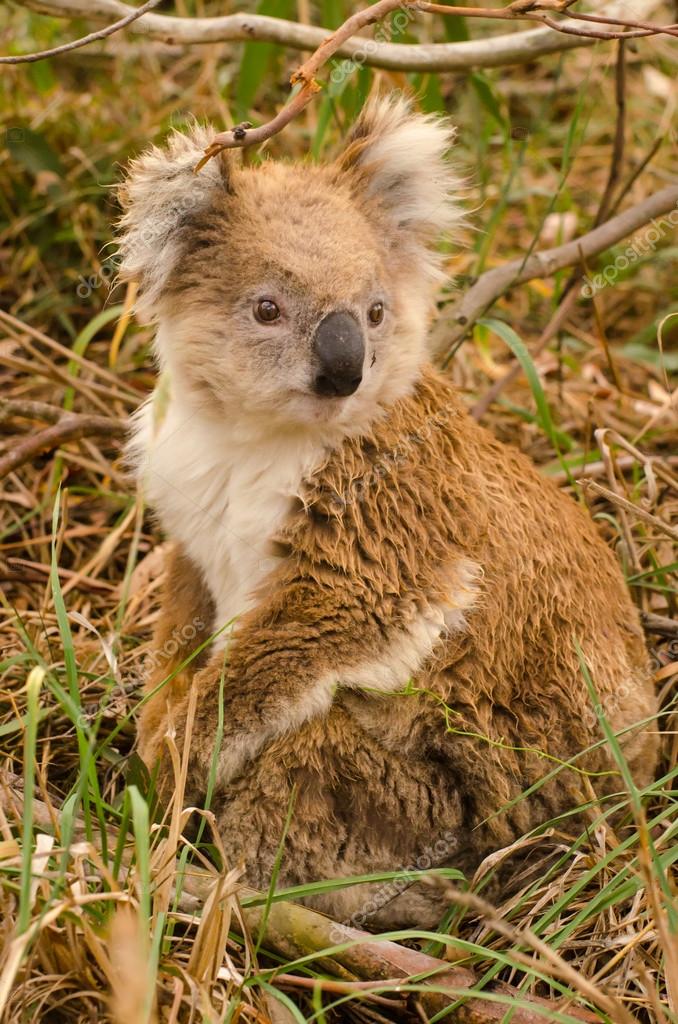

The joey will fully emerge from the pouch at around 6 to 6.5 months of age. At this point the joey will become more adventurous and start to climb onto its mother’s belly. The joey will remain in the pouch, drinking its mothers milk from that same teat, until it is approximately 5.5 to 6 months of age.

The jelly-bean sized joey makes its way through its mother’s fur from the birth canal to the pouch, where it immediately attaches itself to one of the mother’s two teats. Usually a single joey (twins are rare) is born after a 34 to 36-day gestation. The koala breeding season in South-east Queensland extends from around August through to January with most young born over the summer months. In Queensland, legislation prohibits the relocation of koalas so when it is considered the only option available, several key factors need to be taken into consideration and permission granted by the Department of Environment and Science (DES). The relocation of mature individuals that are healthy and who are coping well within their home range is discouraged unless there has been a recent and significant loss of habitat. Koalas tend to be faithful to their home range and will attempt to return if moved elsewhere (relocated). Fences, roads, abundance and access to food trees also play a part in the size of a koala’s home range. Koalas in some areas can have a very small home range if the koala density in the area is heavy, particularly with dominant males. In more arid habitat that has less dense forest areas or woodland, the home ranges tend to be larger than those of koalas living in coastal Eucalypt woodlands. The size of a koala’s home range is highly variable and depends upon factors such as the koala’s age and sex, forest type, soil quality, reproductive status, area available and the presence of other koalas.

Often a non-dominant or younger male’s home range will slightly overlap one corner or section of the alpha male’s territory. Each female will have her defined area within this range, with most overlapping that of another female. Home ranges will most often consist of an alpha male whose home range encompasses a number of females’ home ranges. In breeding aggregations, these home ranges border or partially overlap adjacent home ranges of other individuals. Koalas are generally solitary animals and live in relatively well-defined home ranges. major)įor information on koala food trees click on the link below:

Some of the main browse species in South-east Queensland include: There are also some species of eucalypt that koalas favour only in a specific season. Soil type and seasons have a major impact on whether leaf in a certain area is palatable, so whilst they may favour a species of eucalypt from one area, they may not eat it if it comes from a different area. In most areas, koalas will have access to around seven species of eucalyptus. Despite there being over eight hundred species of Eucalyptus in Australia, koalas as a species eat only around 40 to 50 of those. Koalas are folivores, feeding on a diet that is nearly entirely made up of leaves from the Eucalyptus genus, although they will occasionally eat non-Eucalypt species such as Brush Box ( Lophostemon confertus), Allocasuarina sp.


 0 kommentar(er)
0 kommentar(er)
